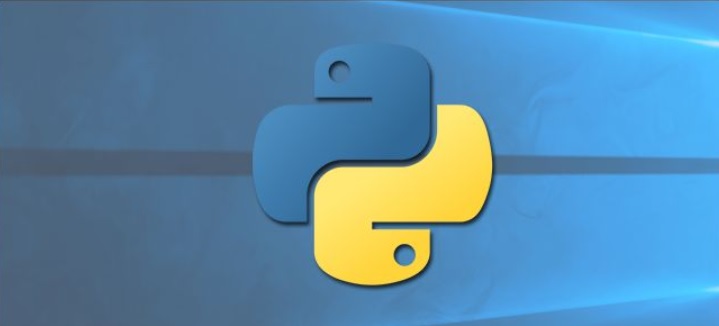
Machine learning is referred to an artificial intelligence (AI) application that does not require explicit programming to bring in improvements. It refers to the ability of the machine to develop on its own through experience. This subject mainly concentrates on the development of software applications that can look for required data, access and learn it for themselves.
Artificial intelligence currently being one of the most progressive sectors of the 21st century, calls for the challenge to provide mankind with the best possible gift.
The learning process of the machine starts with observation or input data including direct experience and guided instructions. In the process, they learn to seek data patterns to help them decide better in future on the basis of the provided examples. The sole purpose is to provide computers with the ability of automatic learning removing out the requirement of humanitarian assistance to help it adjust its action.
Python – the learning environment
If you are planning to join in a machine learning course or want to make your own developments, the first thing you will need is the learning environment. Windows can be a good option to start your machine learning process. You need to set up python into your system for that purpose. To support the deep learning process program, the system needs to be strong enough to tolerate the required computing power. Let us take a look at the minimum requirements.
- CPU requirements: 6th Gen Intel Core i5 processor or better or an equivalent AMD processor can also be used.
- Minimum RAM: The process requires minimum 8 GB RAM though using 16 GB or more is recommended.
- GPU (Graphics processing unit): AMD GPUs are not recommended as they do not have the ability to provide deep learning performance. NVIDIA GeForce GTX 980 Ti or better models can do the task.
- Operating System: Works best on 64-bit Windows 10 Pro or Home version.
- For Laptops: A gaming laptop from any of the leading producers like Alienware, Acer Predator or ASUS can do the job.
You can take a look at the site here to know about the steps of setting up Python on your Windows. It is one of the most popular and commonly used languages of open source programming for artificial intelligence and various scientific fields. The best way is to download and install Anaconda – the python implementation platform for industrial use for working on Windows, OSX and Linux environment. You can even get it from the official website and install it directly on your computer.
Python Libraries
If you are adept with programming in Python then you already know the requirements of the library packages. Same are the requirements for the machine learning process program. Some of the most commonly required ones include:
- NumPy, for handling multidimensional matrices and arrays.
- SciPy, for technical and scientific computation.
- Matplotlib, for plotting.
- Pandas, for data analysis and manipulation.
- Statsmodels, for data exploration, statistical model estimation, and statistical tests.
- Seaborn, for data visualization.
- Scikit-learn, for facilities such as regression, cluster algorithm, classifications, etc.
Some of the easiest ways to get Python has been discussed. Some of the most required library packages that you need to get started with Python have been mentioned as well. Once you have brushed up the basic skills, you can get started with machine learning.

